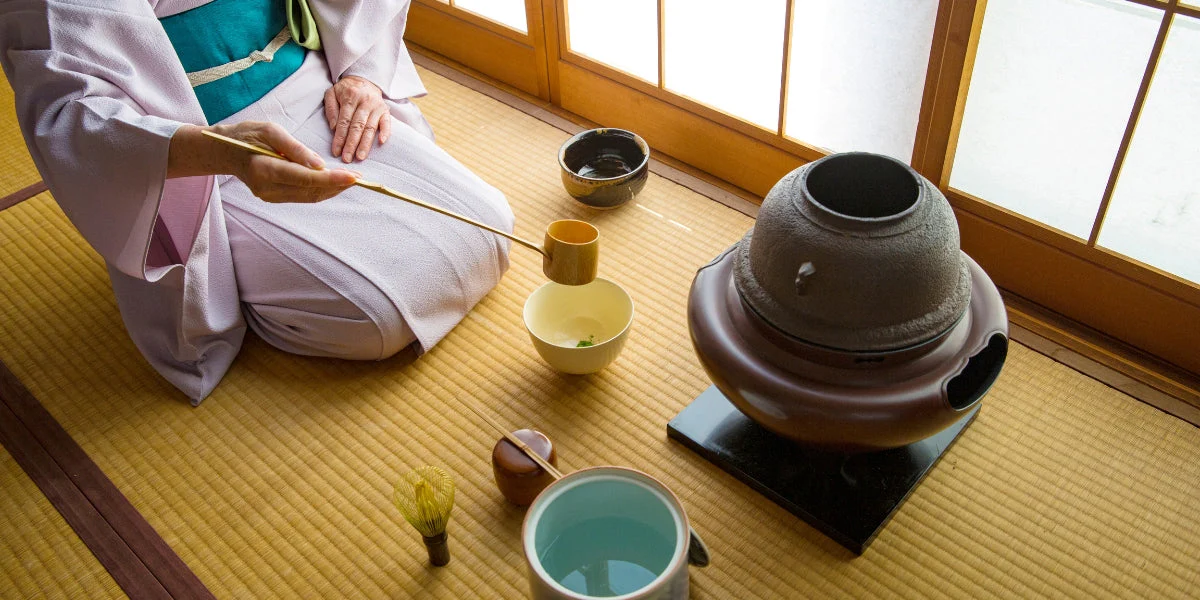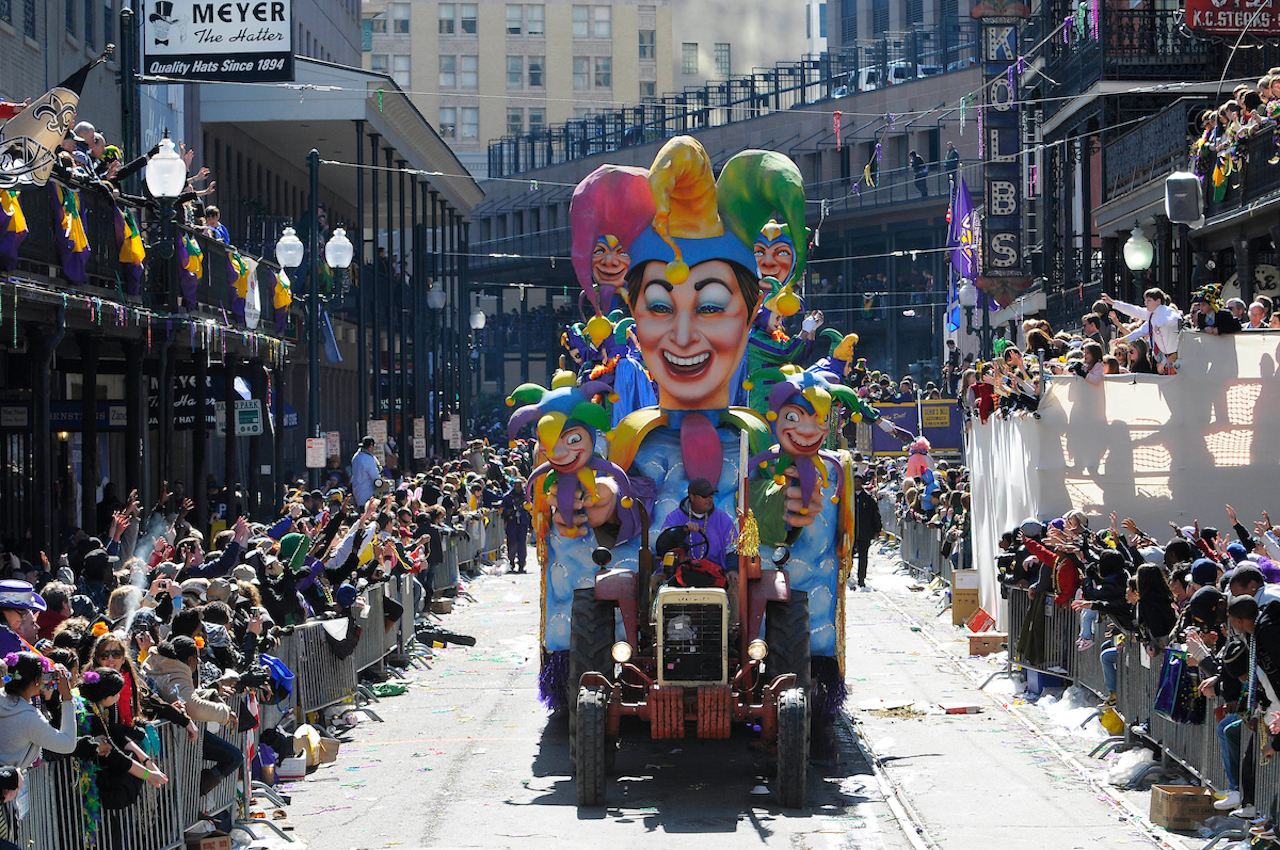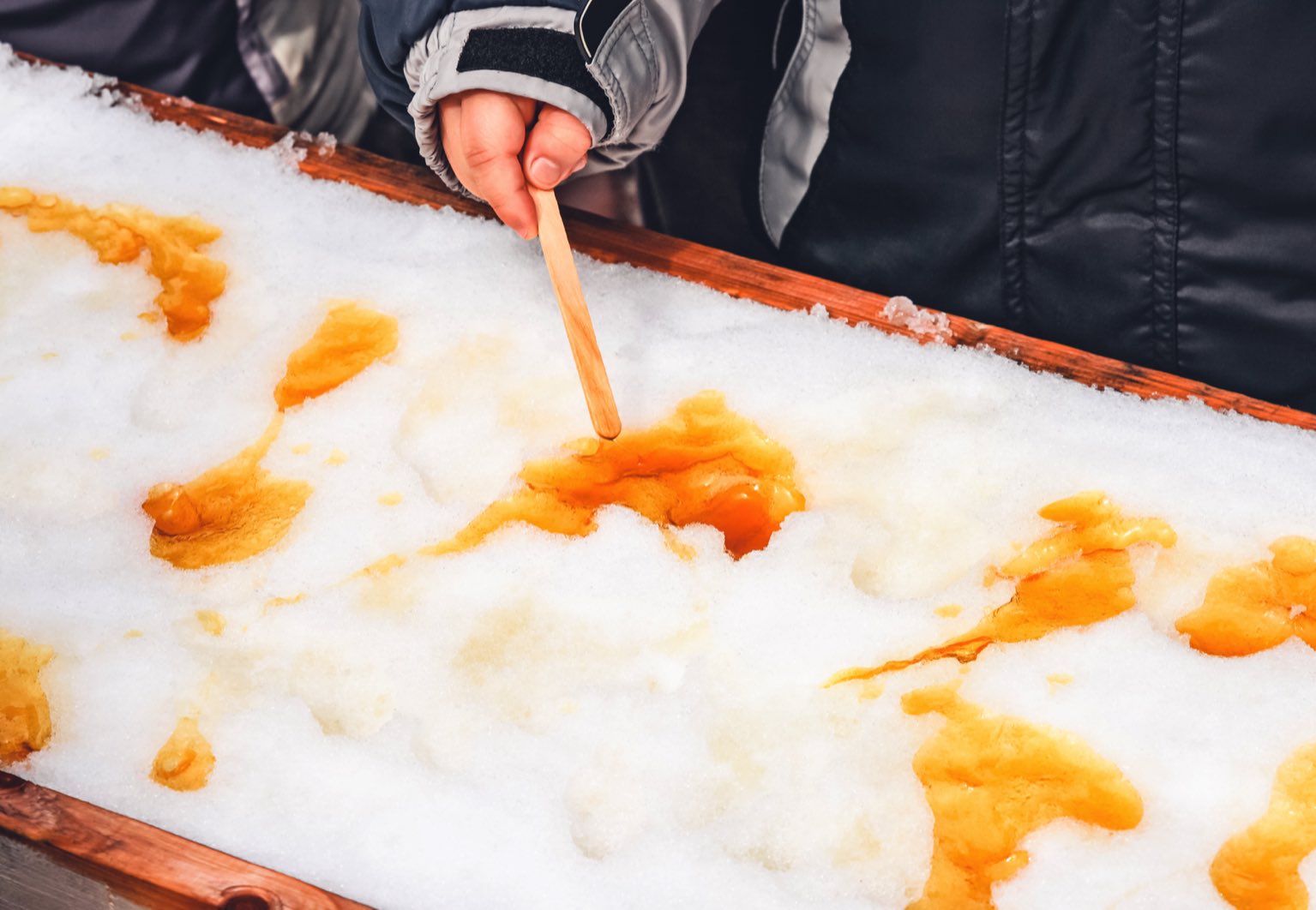Pokomde.info – Día de los Muertos (Day of the Dead) is one of Mexico’s most famous celebrations. It takes place every year on November 1st and 2nd and honors loved ones who have passed away. But unlike many other cultures, Mexicans don’t see death as something sad. Instead, they view it as a part of life and celebrate it with joy, color, and tradition. Let’s dive into what makes Día de los Muertos so special.
History of Día de los Muertos
The origins of Día de los Muertos go back to the ancient Aztec and other indigenous cultures of Mexico. These people believed that after death, the spirits of the dead would journey to the afterlife. When Spanish colonizers arrived, they mixed these traditions with the Catholic holidays of All Saints’ Day and All Souls’ Day, creating the unique holiday we know today.
The belief behind this holiday is that, during these two days, the spirits of the dead return to visit their loved ones. Rather than being fearful, it’s a time for families to celebrate and remember those who have passed on.
Key Traditions and Symbols
There are a few key elements that are always part of Día de los Muertos celebrations, no matter where in Mexico you are.
1. Ofrendas (Altars)
Families build ofrendas, or altars, to welcome the spirits of their loved ones. These altars are colorful and filled with special items, such as:
- Photos of the deceased: To remember them.
- Favorite foods and drinks: To invite their spirits to enjoy a meal.
- Marigold flowers (Cempasúchil): Their bright orange color and strong scent are believed to guide spirits back home.
- Candles: To light the way for the spirits.
- Pan de Muerto (Bread of the Dead): A sweet bread baked for the occasion.
These altars are not just for remembrance—they’re also a way to make the spirits feel welcome and loved when they return.
2. Graveside Visits
Many families visit the graves of their loved ones to clean and decorate them with flowers, candles, and food. In some regions, like Oaxaca and Michoacán, families even spend the night at the graves, sharing food, music, and stories. It’s a beautiful mix of celebration and reflection.
3. Sugar Skulls and Face Paint
Sugar skulls are one of the most famous symbols of Día de los Muertos. They’re brightly colored skulls made of sugar and decorated with icing, representing the sweet side of life and death. People also paint their faces to look like skulls, a tradition linked to La Catrina, a famous skeleton figure created by Mexican artist José Guadalupe Posada. These painted skulls symbolize the idea that death is a natural part of life.
4. Parades and Festivals
In big cities like Mexico City and Oaxaca, large parades take place in the days leading up to Día de los Muertos. These parades are full of color, with people dressed as skeletons, large floats, and traditional music. The celebrations are not just private family gatherings—entire communities come together to celebrate life and death.
The Meaning Behind the Celebration
Though it’s full of fun and festivity, Día de los Muertos is deeply spiritual. It’s a time for families to remember their loved ones and to reflect on the cycle of life and death. Many people believe that during these days, the line between the living and the dead becomes thin, allowing the spirits to return and be with their families again. It’s a powerful reminder that death isn’t an end but part of the journey.
Día de los Muertos Around the World
While Día de los Muertos is a Mexican tradition, it has spread to other parts of the world, especially in the United States, where many people with Mexican heritage live. The celebration has gained even more attention worldwide after the release of movies like “Coco”, which beautifully shows the importance of remembering those who have passed.
Conclusion
Día de los Muertos is a celebration that turns the idea of death into something beautiful, colorful, and full of life. Whether it’s through creating an altar, visiting the graves of loved ones, or taking part in public celebrations, this holiday brings people together to remember and honor those who are no longer with us. It’s a unique and joyful way to show that even after death, our loved ones remain close.








